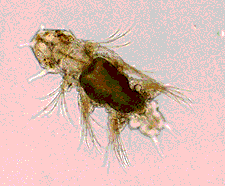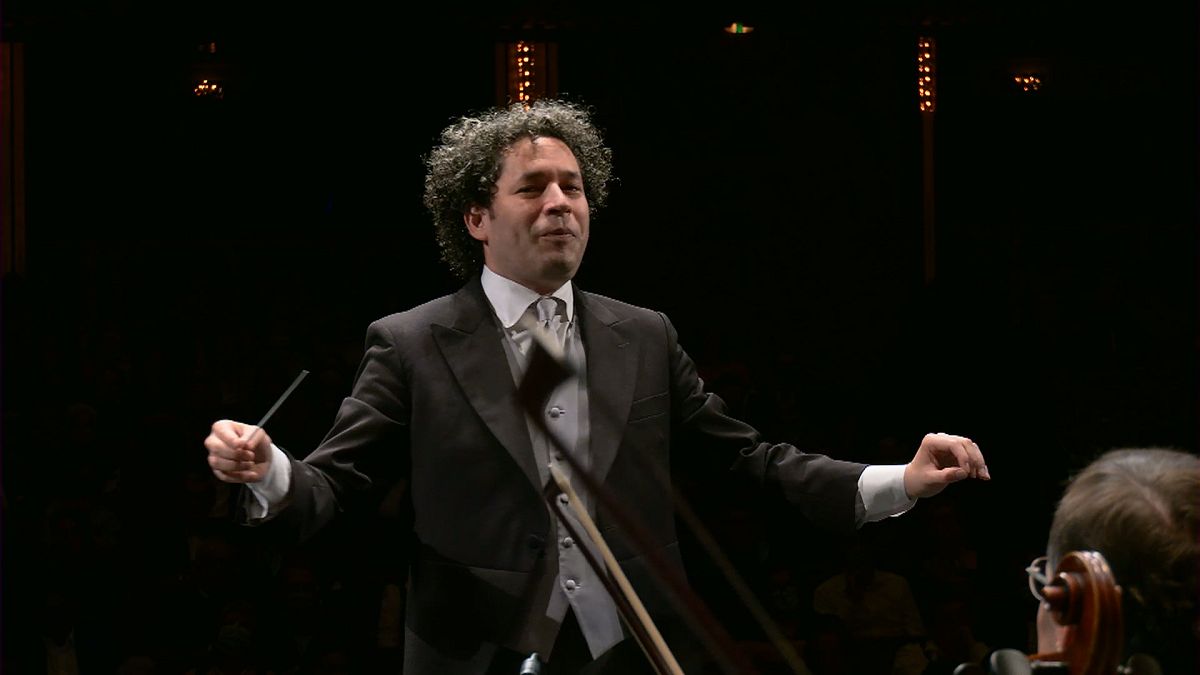
- Select a language for the TTS:
- UK English Female
- UK English Male
- US English Female
- US English Male
- Australian Female
- Australian Male
- Language selected: (auto detect) - EN
Play all audios:
Access through your institution Buy or subscribe Hence the interest in cryopreservation of ragworm larvae and in the specimen pictured here, which has been down to −196 °C (the temperature
of liquid nitrogen) and back again. The larva emerged from the process alive, well and ready for rearing to adulthood to do its commercial duty. The feat is reported by P. J. W. Olive and W.
B. Wang of the University of Newcastle upon Tyne (_Cryobiology_ 34, 284-294; 1997), who describe the painstaking permutation of experimental protocols and age of larvae necessary to achieve
high rates of successful cold preservation and recovery of larvae. They are able, they say, to preserve over a million larvae from a single artificial fertilization of _Nereis_. The
technique is subject to a patent application by Seabait Ltd. It hinges on the rate of the initial cooling of the larvae to around −35 °C before they are plunged into liquid nitrogen: too
fast, and ice formation will occur inside the larvae and kill them; too slow, and the cryoprotectant employed (in this case dimethyl sulphoxide) will poison them. This is a preview of
subscription content, access via your institution ACCESS OPTIONS Access through your institution Subscribe to this journal Receive 51 print issues and online access $199.00 per year only
$3.90 per issue Learn more Buy this article * Purchase on SpringerLink * Instant access to full article PDF Buy now Prices may be subject to local taxes which are calculated during checkout
ADDITIONAL ACCESS OPTIONS: * Log in * Learn about institutional subscriptions * Read our FAQs * Contact customer support Authors * Tim Lincoln View author publications You can also search
for this author inPubMed Google Scholar RIGHTS AND PERMISSIONS Reprints and permissions ABOUT THIS ARTICLE CITE THIS ARTICLE Lincoln, T. Cold comfort for anglers and toxicologists. _Nature_
388, 833 (1997). https://doi.org/10.1038/42148 Download citation * Issue Date: 28 August 1997 * DOI: https://doi.org/10.1038/42148 SHARE THIS ARTICLE Anyone you share the following link with
will be able to read this content: Get shareable link Sorry, a shareable link is not currently available for this article. Copy to clipboard Provided by the Springer Nature SharedIt
content-sharing initiative






